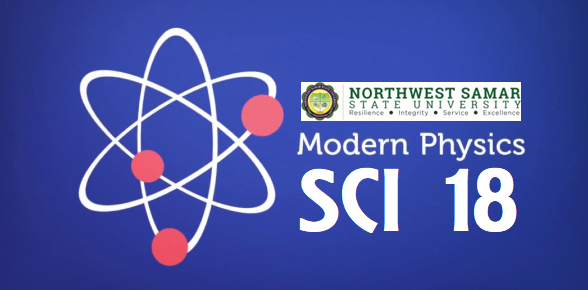After thousands of years of effort, mankind has developed a quantitative intuition on how the world works. To be sure, mistakes have been made along the way -- it turns out the Earth isn't flat and it is not the center of the universe -- but ultimately due to the experimental method, a testable picture of the natural world has evolved. Slowly but surely, scientists have gained an understanding that has culminated in the laws of motion, electricity, magnetism and thermodynamics. Most of the time, it all makes sense.
This understanding of the natural world was challenged by a number of baffling experiments performed in the late 1800s and early 1900s. To explain the outcome of these experiments, a new branch of physics - quantum mechanics - was invented to uncover the rules of matter at atomic length scales. It turns out, the rules are quite different at the bottom than at the top.
The development of quantum mechanics has led to some truly astounding theories. For instance, it was discovered that particles act both as waves and as point masses. The simple process of observing was found to influence the way a particle behaves. Positions of particles were governed by probabilities rather than precise coordinate locations. Although quantum mechanics makes logical sense mathematically, it more often than not defies intuition. Nonetheless, quantum theory has led to many revolutionary inventions over the past century and promises many more in the years to come.
The practice of quantum mechanics is far reaching and quantum theory provides the rules that govern matter "at the bottom". Quantum theory provides a foundation that can be applied to such diverse topics as the design of nanoscale transistors, electron transport in molecular wires, lasers, nuclear reactors and quantum computers. Knowledge of quantum mechanics forms the foundation of many scientific and engineering disciplines that include nanotechnology, condensed matter physics, quantum chemistry, computational physics, nanophotonics, structural biology and advanced electronic design.
The path we will follow is not easy; we will not provide an easy, breezy survey of topics with little attention to detail. With access to modern information technology, you can achieve such a broad survey by reading the countless web pages devoted to quantum phenomena. Instead, we will discuss the big picture – both from a classical and quantum viewpoint - as well as covering relevant details, which are presented in a lecture format. Predictions of theory are compared to experiments whenever possible. Each topic is covered with an attention to detail designed to achieve real understanding. Background information is routinely provided to help you recall relevant topics that are typically discussed in introductory courses in Physics.
The rules we will uncover may seem strange and contradictory, but they ultimately provide a consistent picture of how electrons behave at atomic length scales and how light interacts with matter. The behavior may seem paradoxical, but as Richard Feynman has eloquently proclaimed “A paradox is just a conflict between reality and what you think reality ought to be.”

- Teacher: Oscar Billate,Jr.